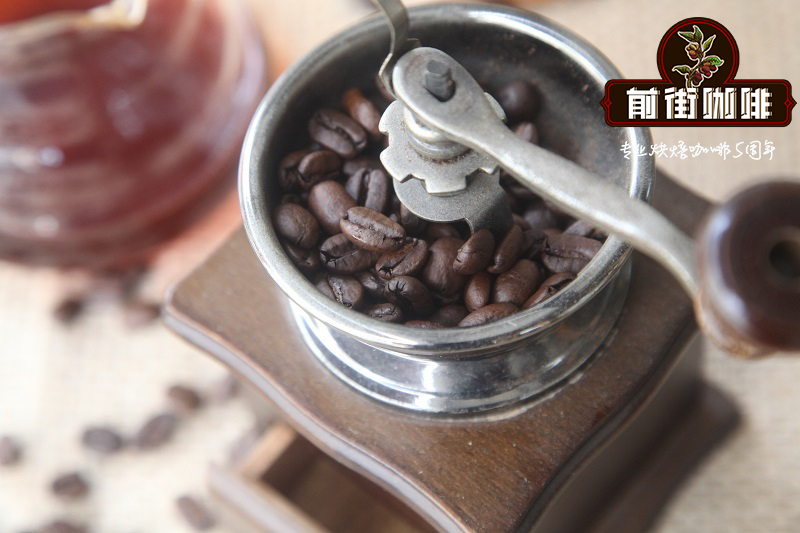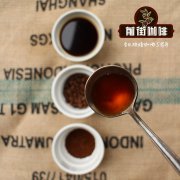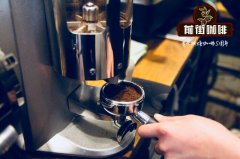How about lactic acid coffee in the new season in Medellin, Colombia? Brief introduction of lactic acid fermentation

Columbia Renacer lactic acid fermentation 2020
Country: Colombia
Province: Antioquia
City: Medellin
Community: La Sierra
Processing plant: Renacer
Farms: El Descanso,El Tractor and Villa Sierra
Altitude: 2300 m
Fermentation method: lactic acid fermentation treatment
Varieties: Caturra,Bourbon and Typica

Description
This is the first time we have seen this unusual coffee, and it all started in Glasgow. It was at the Glasgow Coffee Festival that we met Diana, who had just started importing coffee into the UK from her hometown of Columbia. Diana was originally born in San Roque, near Medellin, and has three brothers who make coffee. There are a lot of great places in this area. The potential of many small producers.
The cherries come from three farms: El Descanso,El Tractor and Villa Sierra. After picking, the ripe fruit is transported to a wet mill called Renacer (which means "new growth" or "revival" in Spanish). Here, the situation is different: the factory has started the "alcohol-lactic acid" process, giving the coffee a unique flavor.
First, leave the whole cherry for 100 hours, during which time the factory will use the temperature to try to promote the growth and fermentation of the yeast. After that, the cherry was desized and started cool fermentation at about 17 °C in order to promote the growth of lactic acid bacteria. It lasted another 70 hours.
For any coffee, yeast growth and lactic acid bacteria are normal (and important) parts of the process. The difference is the control they use to encourage them at different stages, and how to develop a unique flavor.
Such experiments are not entirely unique: this is the first time we have seen lactic acid fermentation from a Sumava plant in Costa Rica. These two batches have a unique quality and will not let you sit on the fence. I hope you will be as excited as I am and try something new.
This unusual lactic acid process produces a unique flavor. Here, I think of liqueur. There is sweet apple juice, light limes and attractive taste, slightly spicy. The body is big and sticky, and it does play a big role in keeping all tastes balanced.
Important Notice :
前街咖啡 FrontStreet Coffee has moved to new addredd:
FrontStreet Coffee Address: 315,Donghua East Road,GuangZhou
Tel:020 38364473
- Prev

How about decaf at Guerrero Farm in Colombia? what is the SC decaffeinated treatment?
Colombia Finca La Chorrera washed Kaddura SC decaffeinated country: Columbia area: Whelan Farm: Finca La Chorrera owner: Claros Family altitude: 1735 m Farm area: 8 ha Coffee planting area: 6 ha varieties: Kaddura processing: washing decaffeinated process: sugarcane (ethyl acetate) flavor: Cherry drops, gold
- Next

Yemeni Harazi Sun Red Cherry Flavor? where can I buy Yemeni coffee?
Yemeni Harazi Red Cherry country: Yemen region: Haraaz Farm: independent smallholder varieties: Tuffahi,Dawairi,Ismaili and Jaadi altitude: 1Magazine 9002440 masl processing method: tanning ripe cherries drying on elevated beds one of the oldest histories of coffee production belongs to Yemen, a small peninsula country extending into the Red Sea.
Related
- Detailed explanation of Jadeite planting Land in Panamanian Jadeite Manor introduction to the grading system of Jadeite competitive bidding, Red bid, Green bid and Rose Summer
- Story of Coffee planting in Brenka region of Costa Rica Stonehenge Manor anaerobic heavy honey treatment of flavor mouth
- What's on the barrel of Blue Mountain Coffee beans?
- Can American coffee also pull flowers? How to use hot American style to pull out a good-looking pattern?
- Can you make a cold extract with coffee beans? What is the right proportion for cold-extracted coffee formula?
- Indonesian PWN Gold Mandrine Coffee Origin Features Flavor How to Chong? Mandolin coffee is American.
- A brief introduction to the flavor characteristics of Brazilian yellow bourbon coffee beans
- What is the effect of different water quality on the flavor of cold-extracted coffee? What kind of water is best for brewing coffee?
- Why do you think of Rose Summer whenever you mention Panamanian coffee?
- Introduction to the characteristics of authentic blue mountain coffee bean producing areas? What is the CIB Coffee Authority in Jamaica?

